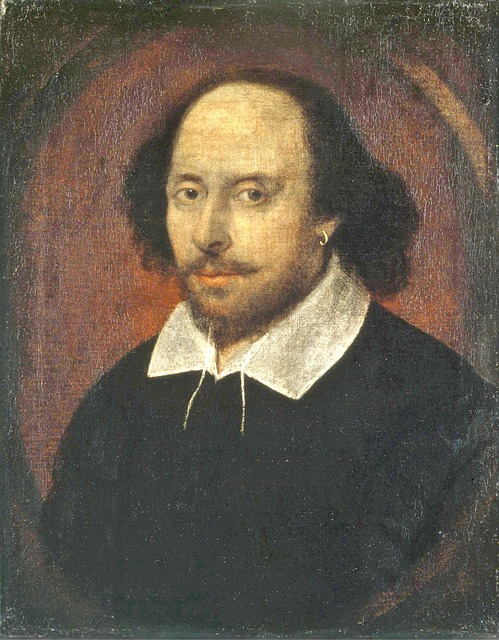Difference between revisions of "Museum of London Docklands"
From Londonhua WIKI
(→Tunnels) |
|||
| Line 29: | Line 29: | ||
Begin writing the background information of this article, or use this format to begin a new article with some other relevant section filled with important information. | Begin writing the background information of this article, or use this format to begin a new article with some other relevant section filled with important information. | ||
<br><br> | <br><br> | ||
| − | == | + | ==London Sugar & Slavery== |
| − | <br> | + | <br> |
| − | + | As London was growing as a center for finance and commerce from the 1700s onwards, they unfortunately ran into a popular crime against humanity. With every wanting wealth tribal communities in West Africa were torn apart, tens of millions of people displaced and transported, and many were tortured and killed. | |
| − | + | <br> | |
| − | + | When this trend started, African People had not been new to the area, and they arrived in Britain before the 1500s. | |
| − | + | ||
| − | |||
==Warehouse== | ==Warehouse== | ||
===Measurement=== | ===Measurement=== | ||
Revision as of 15:12, 22 May 2017
Museum of London Docklands
 Representative Article Image | |
| The Chandos Portrait of William Shakespeare | |
|---|---|
| Artist | Attributed to John Taylor |
| Year | c. 1600s |
| Dimensions | 55.2 cm × 43.8 cm ( 21 3⁄4 in × 17 1⁄4 in) |
| Location | National Portrait Gallery, London |
Overview
The paragraph should give a three to five sentence abstract about your article. PLEASE NOTE: this article template has only a few sections as examples, but your actual article contributions should have many relevant sections and subsections. Please start to block out and complete those sections with relevant information such as the very objective, fact-based, and heavily referenced "who, what, when, where, and why" about this article. Articles don't just have to be huge buildings; individual artifacts and lesser-known people, places, and things count as article topics! Don't forget to include relevant category tags for each article!
Contents
Background or Origin of Article
Begin writing the background information of this article, or use this format to begin a new article with some other relevant section filled with important information.
London Sugar & Slavery
As London was growing as a center for finance and commerce from the 1700s onwards, they unfortunately ran into a popular crime against humanity. With every wanting wealth tribal communities in West Africa were torn apart, tens of millions of people displaced and transported, and many were tortured and killed.
When this trend started, African People had not been new to the area, and they arrived in Britain before the 1500s.
Warehouse
Measurement
Natalie will be writing about this
Tunnels
The Thames Tunnel
Peter will be writing about this
References
If appropriate, add a references section
External Links
If appropriate, add an external links section
Image Gallery
If appropriate, add an image gallery
</nowiki>